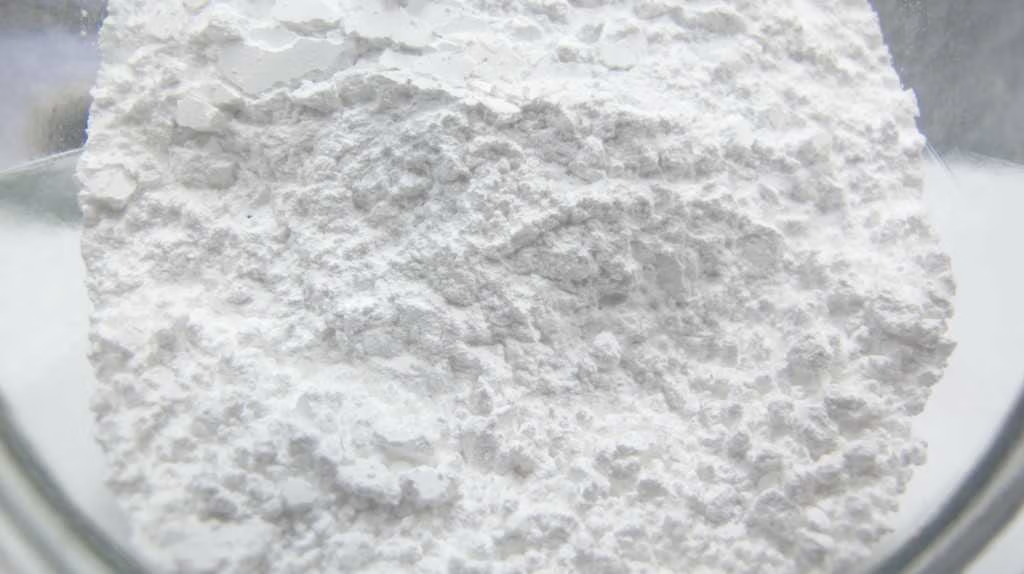近期再度掀起一波超導體的話題,當材料在低於某一溫度時,電阻會變為零,此即為超導現象。
介紹
其實在1986年於瑞士的IBM實驗室,科學家 Muller 和 Bednortz 就有發現一系列在35 K的陶瓷呈現超導體狀態。隔年,阿拉巴馬大學和休士頓大學的科學家,表明 93 K的釔鋇銅氧化物有超導性,意味著它將導電而不會損失能量。釔鋇銅氧化物的化學式為YBa2Cu3O7,他們所發現有實用價值的高溫超導體,常被稱為YBCO,是屬於第二類超導體。
該超導體材料,其中裡面含有的稀土元素釔 (Y),其實在地球地殼中含量很少,大多數金屬釔來源於獨居石沙,後來阿波羅太空人從月球上帶回地球的石頭中,卻含有大量的釔元素 ,令人出乎意料。
聽說釔(Yttrium)的名字,是取自瑞士的小村莊「Ytterby」,是1789年Gadolin在此首次確認了此元素,且有趣的是好幾種元素都是以該村來命名的。而釔還能被用於固體雷射中,比如釔鋁石榴石(常被稱為YAG)能增強光的能量,其產生的輻射波長範圍很窄,雷射輸出功率頗高,在金屬鑽割加工上很有用。
釔 Y
原子序數: 39
原子質量: 88.905838 u
電子結構: [Kr] 4d1 5s2
- 釔的電子排布類似於鈧(Sc)、鈦(Ti)和鋯(Zr),屬於第五周期的過渡金屬元素。
物理性質
外觀: 釔是一種銀白色的金屬,有時會帶有灰色的色澤。
密度: 4.472 g/cm³(在室溫下)
熔點: 1523 °C
沸點: 3337 °C
硬度: 3.0 – 3.5(摩氏硬度)
磁性: 在常溫下,釔是反磁性的,即不具有磁性。
化學性質
- 釔是一種活潑的金屬,能與氧、硫、氮等形成多種化合物。
- 它在空氣中會迅速氧化,形成氧化釔(Y2O3)保護層。
釔應用領域:
由於達到過低的溫度不太實際,因此科學家想盡辦法找尋能在室溫下就能呈現超導性材料,特別是若發現具備更高臨界溫度的材料時,可在較容易達成的溫度下進行這種超導狀態,則更能實現於業界應用。
- 釔的主要應用包括在合金中的使用,特別是高強度的合金,如航空航天和汽車引擎部件。
- 它也用於製造特殊玻璃和陶瓷,如YAG(釔鋁石榴石)激光晶體。
- 在LED照明和顯示技術中,釔化合物用作磷光體,能發出不同顏色的光。
- 釔在醫學成像中的應用,如在MRI對比劑中的使用。


